English Heritage sites near Witton Parish
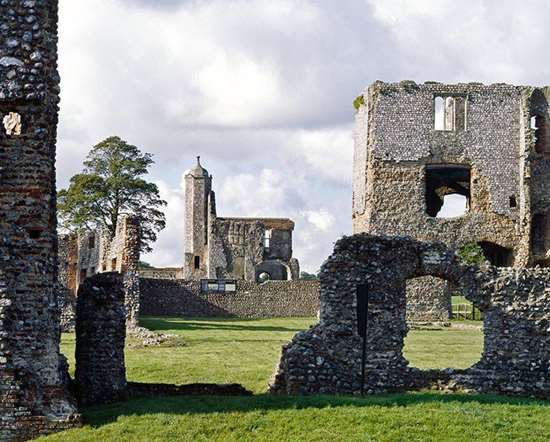
BACONSTHORPE CASTLE
14 miles from Witton Parish
Visit the extensive ruins of Baconsthorpe Castle, a moated and fortified 15th century manor house, that are a testament to the rise and fall of a prominent Norfolk family, the Heydons.
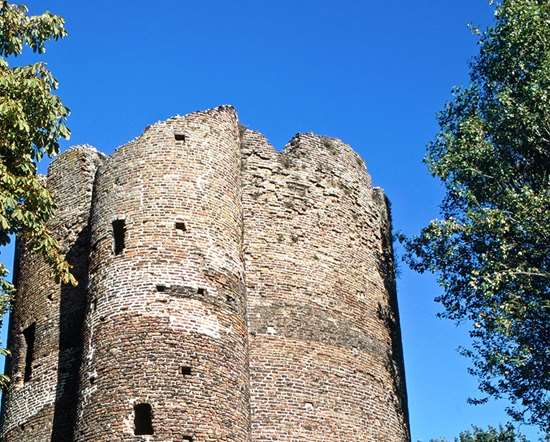
COW TOWER, NORWICH
15 miles from Witton Parish
One of the earliest purpose-built artillery blockhouses in England, this brick tower was built in c.1398-9 to command a strategic point in Norwich’s city defence.
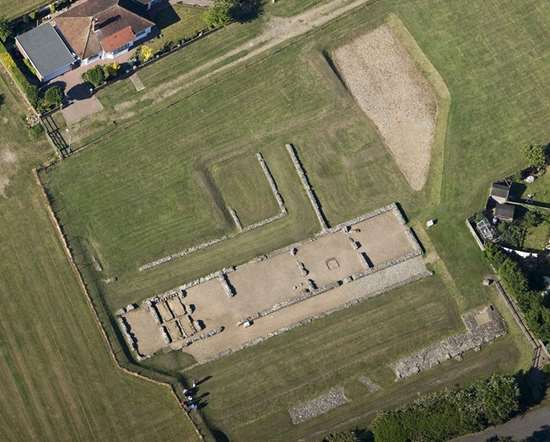
CAISTER ROMAN FORT
16 miles from Witton Parish
The partial excavated remains of a Roman ‘Saxon Shore’ fort, including wall and ditch sections and building foundations.
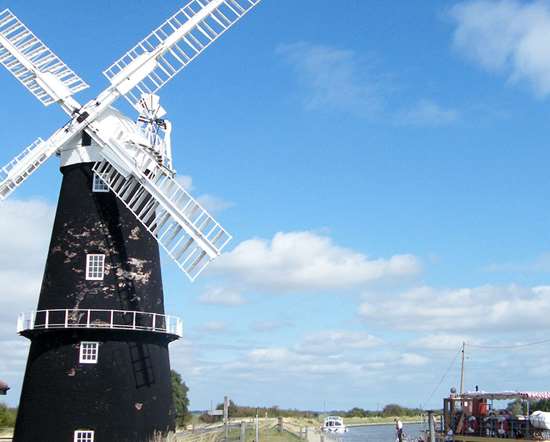
BERNEY ARMS WINDMILL
18 miles from Witton Parish
Visit one of Norfolk's best and largest extant marsh mills, built to grind a constituent of cement and in use until 1948, finally pumping water to drain surrounding marshland.
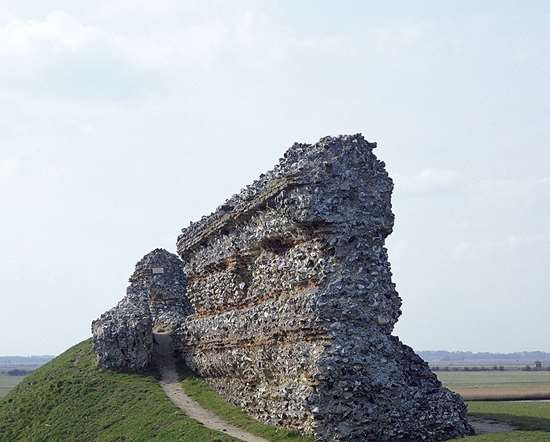
BURGH CASTLE ROMAN FORT
18 miles from Witton Parish
The imposing stone walls, with added towers for catapults, of a Roman 3rd century ‘Saxon Shore’ fort. Enjoy panoramic views over Breydon Water, into which the fourth wall long since collapsed.
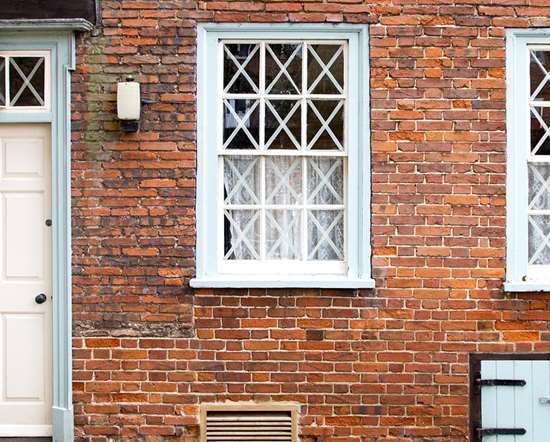
GREAT YARMOUTH ROW HOUSES AND GREYFRIARS' CLOISTERS
19 miles from Witton Parish
Enjoy a rare trip back in time at this Norfolk visitor attraction. The delightful Row Houses at Row 111 and the Old Merchant’s House are rare remnants of Great Yarmouth’s original distinctive ‘Rows’.
Churches in Witton Parish
Crostwight: All Saints

off Hall Road
Crostwight nr Honing
North Walsham
Norfolk
01692651116
Welcome to All Saints, Crostwight - one of two churches in the parish of Honing with Crostwight. The present building dates from the early 14th century, and now stands alone among arable fields, with an atmosphere of tranquillity and charm.
The building is faced with flint pebbles, which are knapped on the south nave wall and porch, and interspersed with occasional medieval bricks. Bricks are also used to form the outer arch of the porch, the doorway to the tower, and the edges of the embrasures of the tower windows. The (restored) windows, together with the doorways and chancel arch, are in the Decorated style of medieval architecture. The porch with its crenellated parapet and two image niches is probably 15th century.
The square tower was once much higher, but developed a crack which expanded at the end of the 19th century until the structure became unstable. In 1910 the top was removed and the tower was capped with a distinctive, low pyramid of red pantiles.
The most important interior features are the nationally-significant 14th century wall paintings, the 15th century rood screen with its delightful spandrel carvings, the medieval stone grave covers and monumental brass inscriptions in the chancel, the (very worn) 13th century Purbeck marble font, and the early 15th century bell.
The wall paintings are in two sections on the north wall of the nave: the western section depicts a Tree of the Seven Deadly Sins, a Warning to Gossips, and a St Christopher, while the eastern section has a relatively complete narrative sequence of Christ's Passion. The western section was in a fragile state, but has recently been repaired and conserved. Funds are now being raised to conserve the eastern section.
Detailed guides to the church and the wall paintings are for sale in the church.
St Peter’s, Ridlington

Happisburgh Road from North Walsham
Ridlington
Norwich
The quiet and small parish of Ridlington is situated about 2 miles inland from the coast and is made up of farmland, woodland and heathland.
The church, St Peter, is located on the Happisburgh to North Walsham road. It is a small medieval church with a grade 1 listed building status. The listed status is the result of an early C15th legacy of 1421 by Thomas Stacy, which left money for the tower and bells.
The nave is early C14th, whose roof and southern porch are Welsh slates with clay ridges.
The thatched chancel dates later in the C14th than the nave. Its roof is on medieval braces and is is one of the few surviving examples of thatched roofing using reed from the nearby Norfolk Broads.
The octagonal font, which stands on a circular column, appears to be early, possibly C13th.
The chancel's stained glass windows suffered irreparable damage due to a Zeppelin attack during WW1.
The church is home to pipistrelle bats, who "maternity roost" during June, July and August.
Services are held regularly on the first Sunday of each month at 3 pm - all are welcome and excellent refreshments are provided after the services to give time for a "chat" between munches!
The church is open every day, and at other times by arrangement, and is a great place for rest and reflection. Please help yourself to refreshments, which are provided just inside the church. Local walkers and cyclists on Route 30 of the National Cycle Network, which travels through the village, will find this a welcome and peaceful place to catch breath!
Witton: St Margaret
No churches found in Witton Parish

